What are tennis court lights
Tennis court lights are fixed or aimable lighting systems that produce, control, and distribute light for illumination of venues where the sport of tennis is played. Enjoyed by people of all ages, at all levels of ability, tennis is one of the most widely-played sports throughout the world. Tennis is not only big in participation, but also exhilarating to watch. It’s one of the most popular spectator sports that has a very large appeal not just to hardcore fans enjoying game in person but also to an ever-larger audience watching tournaments on numerous household television screens. Sports lighting is often a necessity to extend hours of play to nighttime. A crucial, yet often overlooked, aspect of building a first-class tennis venue is lighting. The main purpose of tennis court lighting is to create a luminous environment that provides optimum visibility for participants, spectators, and, in some applications, television broadcasting.
Lighting fundamentals
Tennis is a high-speed, multi-directional aerial sport which is highly demanding on visual conditions. There are many complicating factors which need to be worked on in developing a tennis court lighting design. While maintaining adequate horizontal and vertical illuminance levels is critical; illuminance uniformity, color characteristics, flicker removal, and glare control come in a very close second. Tennis is played on a rectangular court that is 23.77 meters (78 feet) in length and 8.23 meters (27 feet) in width for singles matches and 10.95 meters (36 feet) in width for doubles matches. The overall court area of a tennis court is considerably larger than the court boundary area (CBA) because additional clear space around the court is needed such that players can reach overrun balls.
When creating a lighting design the overall court area is divided into two photometrically distinctive areas: primary playing area (PPA) and secondary playing area (SPA). PPA is defined as the area bounded by lines 1.83 meters (6 feet) beyond the doubles lines and 3.0 meters (9.8 feet) behind the base lines. SPA is the area around the PPA. The two areas constitute the overall court area of a tennis court. The illuminance criteria for each class of play apply to the entire PPA. The illuminance for SPA may be gradually reduced but should not be less than 70 percent of the average PPA illuminance.
Illuminance requirements
The quantity and quality criteria for tennis court lighting depend on the class of play which is dictated by the participants’ skill level, age and the number of spectators attending the event. Additional considerations may include television broadcasting. Within these considerations uniformity of lighting is of particular importance. High uniformity lighting would produce a distribution of light that supports the visual performance of the players. Poor uniformity of lighting will cause high-speed movement of the visual target (tennis ball) to be precepted at a false speed. The ball can speed up or slow down when passing from one luminous zone to another. The distorted visual perception, both in speed and position, thus negatively affect player performance.
The uniformity of lighting can be expressed by the uniformity ratio (UR, maximum to minimum illuminance ratio), coefficient of variation (CV), and uniformity gradient (UG). IES Class I tennis courts require a maintained average horizontal illuminance value of 1250 lux (125 fc), a minimum maintained horizontal illuminance value of 1000 lux (100 fc), a CV of 0.10 or less, or a UR of 1.5:1 or less. Class II tennis courts require a maintained average horizontal illuminance value of 750 lux (75 fc), a minimum maintained horizontal illuminance value of 600 lux (60 fc), a CV of 0.13 or less, or a UR of 1.7:1 or less. Class III tennis courts require a maintained average horizontal illuminance value of 500 lux (50 fc), a minimum maintained horizontal illuminance value of 400 lux (40 fc), a CV of 0.17 or less, or a UR of 2.0:1 or less. Class IV tennis courts require a maintained average horizontal illuminance value of 300 lux (30 fc), a minimum maintained horizontal illuminance value of 200 lux (20 fc), a CV of 0.21 or less, or a UR of 2.5:1 or less.
Lighting systems
Tennis court lighting is served either by area lights or flood lights. Area lights are fixed luminaires with their light distribution controlled entirely by an optical system. Flood lights are aimable luminaires which are provided with field adjustability of their beam directions. Area lights are typically installed in tennis courts which have a small spectator capacity, e.g., training, recreational, and school sports facilities. Flood lights are used for illuminating large facilities or in applications requiring the lighting installations to have a large setback distance so that they will not interfere with the functioning of high activity spaces. Mounting height and location of luminaires depend on their photometric performance, setback distance, and class of play intended.
The class of play has an intimate relationship with mounting height. Higher classes of play require an adequate amount of lumens reaching a higher vertical surface. In sports lighting applications, horizontal illuminance is normally measured in a plane 1 meter above or at the playing surface. Taking illuminance readings at this level of elevations ensures the minimum vertical illuminance for playing most sports. However, aerial sports often require uniform vertical illumination at a higher elevation across the vertical surface such that the human eye can identify fast-moving playing targets in the air and quality TV broadcast of sports can be made.
Class I tennis courts must be designed to provide adequate illumination at a 6.10 m (20 ft) elevation or higher. Class II tennis games require the vertical illuminance to be maintained at a minimum height of 3.66 m (12 ft). The vertical illuminance for class III and IV plays should be maintained at the elevation of 1.83 m (6 ft). The minimum vertical illuminance values are taken at the center line of court. For Class II, Class II, and Class III and IV plays, typical mounting heights for luminaires that deliver an effective beam at 30° vertical are 14.02 to 15.24 m (46 to 50 ft), 10.56 to 12.80 m (38 to 42 ft), and 9.76 to 11.56 m (32 to 38 ft), respectively.
Light source
The light source of choice for tennis court lighting had been metal halide lamps which were chosen for their improved efficiency over incandescent lamps. But nevertheless, metal halide lamps suffer from various drawbacks which include the need for warm-up or restrike times, lamp operating position sensitivity, poor lumen maintenance, risk of explosion, and short lifetimes of higher wattage lamps. These omni-directional light sources are challenged with efficiently redirecting their luminous flux into a more useful distribution. Optical control with reflectors causes the center of the luminaire beam to have a much higher flux density, resulting in poor uniformity of light distribution. When evaluated within the framework of lighting application efficiency (LAE), metal halide fixtures do not provide meaningful energy savings.
Sports lighting is now a realm of LED technology. High source efficiency and the energy saving opportunities from optical, spectral, and intensity control lead to a high LAE that deems the popularity of LED sports lighting. LED luminaires provide long lifetimes that last well beyond 50,000 hours of operation, resulting in drastically reduced maintenance costs which can be a substantial expense with HID lighting. Aside from economic benefits, deployment of LED technology enables unprecedented improvement in quality of lighting. An array of LEDs can form a surface emission device to project light evenly across a large span of area and deliver high uniformity of lighting that is highly desirable in sports lighting applications. LEDs can be spectrally engineered to provide a spectral power distribution (SPD) so that the illuminated objects can achieve the desirable color attributes (i.e., color temperature, color rendition).
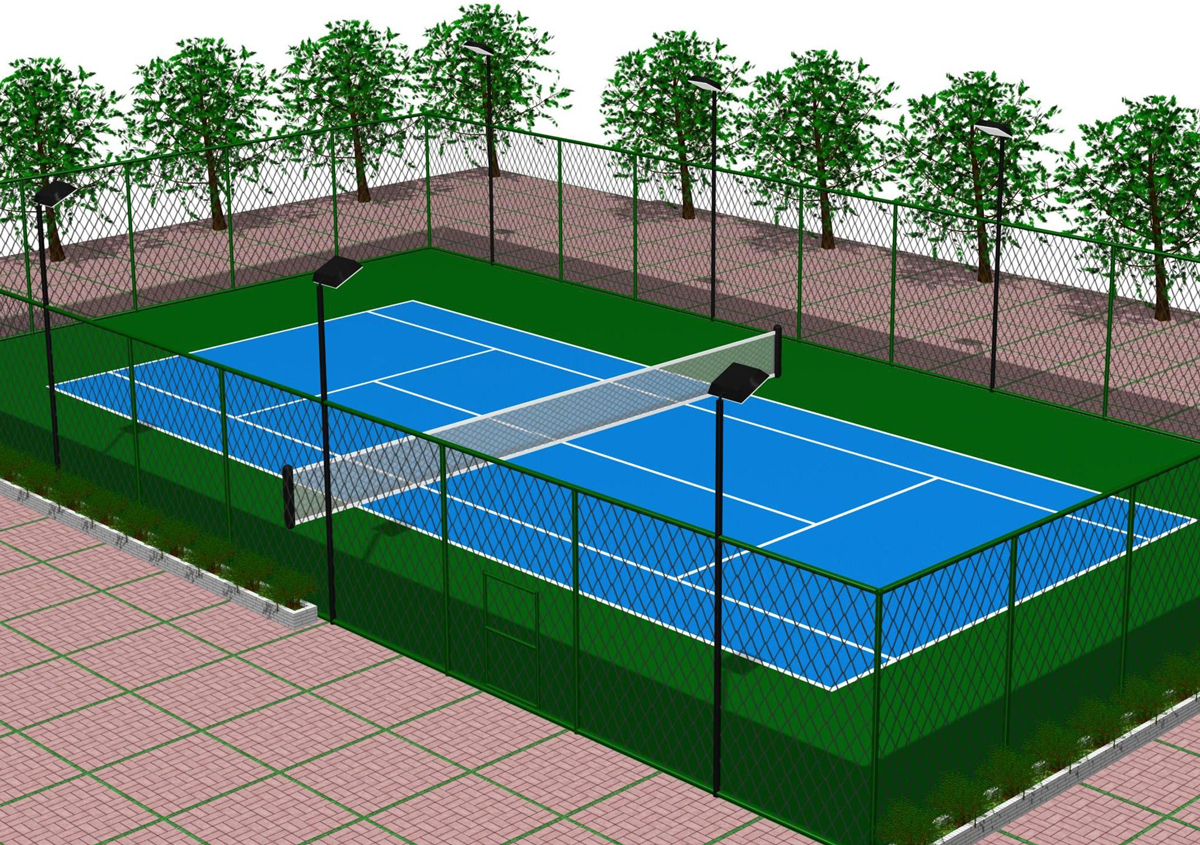
Construction and engineering
An LED tennis court light, be it an LED area light or an LED flood light, comprises a housing, heat sink, LED assembly, optical system, and driver. It can be designed in a wide choice of styles, wattages, and optical characteristics. The luminaire delivers thousands to tens of thousands of lumens with a correlated color temperature (CCT) on the cool side of the Kelvin scale (4000 to 5800 K) and a color rendering index (CRI) in the range of 70’s to 90’s.
Sports lighting systems usually incorporate high power LED packages to deliver the reliability and luminous power required for maintenance-free operation over the extended lifespan. Low cost systems take advantage of plastic-leaded chip carrier (PLCC) LED packages to achieve an attractive cost-performance ratio. These mid-power packages, however, have a deceptively high initial efficacy. Under extended exposure to high temperature and photo oxidation the plastic LED package will undergo a rapid lumen depreciation and color shift.
The LEDs are assembled on a metal-core PCB which has a dielectric layer sandwiched between two metal layers to provide electrical insulation. The top metal layer which is made of copper foil is used as the circuit layer that provides electrical connections, while the bottom metal layer is an aluminum plate that serves as a heat spreader. The LED assembly or LED module is mounted to a heat sink which conducts heat away from the PCB and then convects the heat to the ambient air. A thermal interface material (TIM) is often placed between the PCB and heat sink to completely fill interfacial air gaps and voids for maximized heat flow between two components.
The heat sink and housing typically form one piece to maximize the effective surface area for convective cooling. The heat sink is constructed from die cast or extruded aluminum. Die casting is the most commonly used heat sink manufacturing process because it allows to produce complex 3D geometries for maximized surface area as well as aerodynamic shapes for a maximized convection heat transfer coefficient. Integration of LED assembly, heat sink, and optics also occurs at a modular level. Some high wattage systems feature a modular design which uses modular LED assemblies to creates a scalable architecture.
Optical control
The LED assembly may be fitted with a lens or reflector array which modifies the output beam of the individual LEDs. Control of light distribution can also be achieved using a system-level optic such as a stepped forward-throw reflector which regulates luminous flux from the entire LED array. Highest optical delivery efficiency is usually obtained with optical lenses designed for package-level regulation of luminous flux. A compound lens, e.g., a total internal reflection (TIR) optic, uses multiple elements to correct more optical aberrations than it is possible with a single element. The TIR lens can provide tight control pf the FWHM divergence angle with an optical efficiency greater than 90%. Freeform lenses can enable light distributions beyond the reach of standard symmetric components.
The optical systems of LED area lights are designed according to the requirements on longitudinal and transverse light distributions. Light distributions for LED flood lights are classified by the NEMA beam type. These aimable luminaires are available in symmetric and asymmetric distributions. Sports lighting needs to be appropriate in relationship to the surrounding community and environment. The light distribution of installed luminaires must meet the BUG (Backlight, Uplight, and Glare) rating for specific lighting zones.
LED driver
The circuit configuration and component performance of the LED driver have a significant contribution to (or influence on) the system efficiency and reliability as well as the quality of lighting. The conversion from the incoming AC line power to the regulated DC output current is accomplished using switched mode power supply (SMPS) circuits. Two-stage LED drivers that incorporate an active power factor correction (APFC) circuit and a DC-DC converter have critical advantages over single-stage drivers when it comes to outdoor sports lighting.
At higher power levels, two-stage drivers provide higher efficiency power conversion and can address especially challenging requirements such as operation at high voltages and in wide input voltage ranges, and high surge immunity. SMPS drivers with a dedicated PFC stage can completely suppress the alternating waveform after rectification and reduce ripple voltage to a minimum. It is often desirable to use an LED driver which has essentially no output current ripple. The presence of large output ripples can cause light flicker and stroboscopic effects which are very disturbing for athletes as well as television broadcasting. Two-stage LED drivers also enable full range dimming with constant current reduction (CCR), a commonly used technique in sports lighting applications.
An LED driver comes with an analog or digital interface which allows the dimming circuitry to be controlled via a protocol such 0-10VDC, DALI, DMX, or a wireless networking protocol. The driver can also communicate with the environment to enable adaptive lighting through integration with motion sensors and photocontrols.
Handling environmental challenges
To avoid extrinsic failures caused by exposure to outdoor elements, it is necessary to provide ingress protection for the system components and exercise corrosion control for the enclosure and pole. Tennis court lights are usually sealed to an IP66 rating (or higher). The optical assembly in general should be protected by a tempered glass lens which can effectively prevent dirt retention. The glass lens is sealed to the housing with extruded one-piece silicone gasket. A membrane vent should be installed to ensure pressure compensation and prevent the formation cloud lenses.
Chemical conversion treatments such as phosphating or chromating should be applied to the aluminum and steel parts to provide corrosion resistance to the metals and improve the adhesion of subsequently applied powder coat paints.

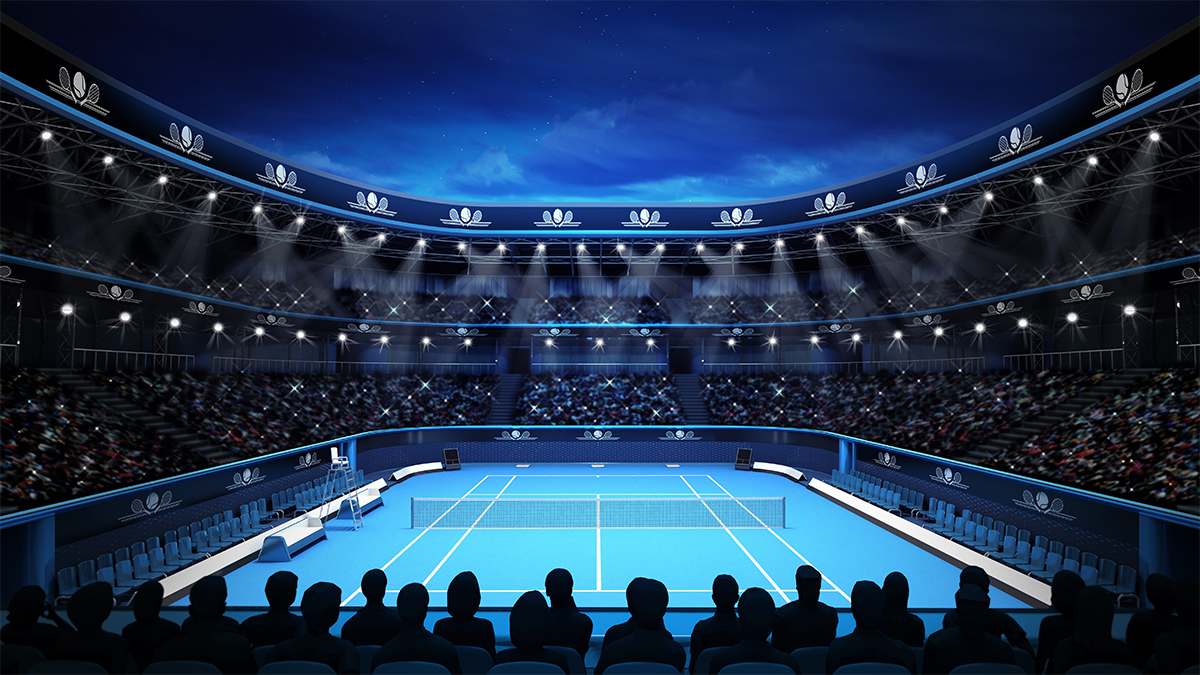
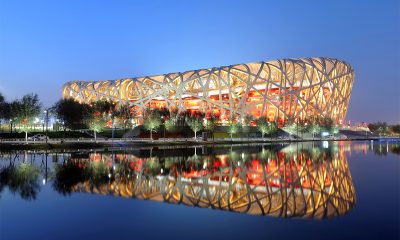
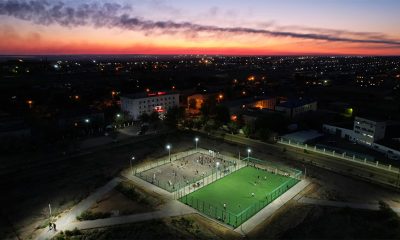
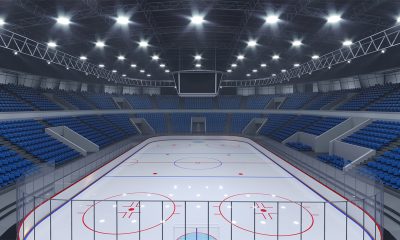



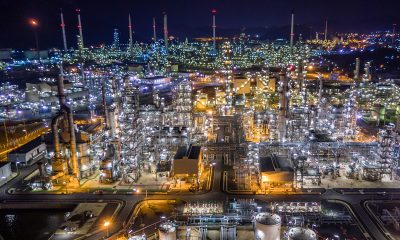
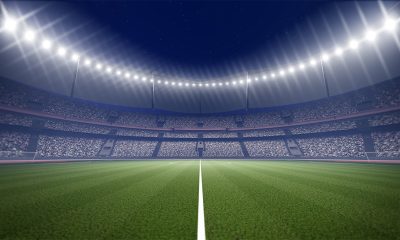
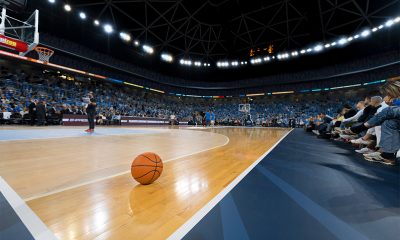
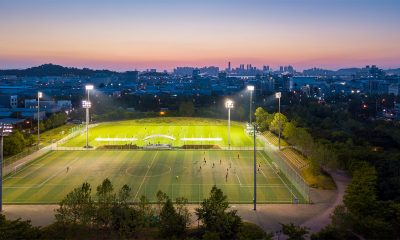
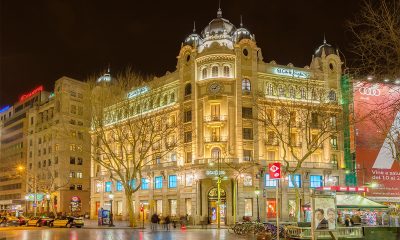
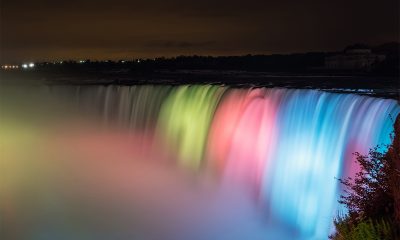





Loading...
New member